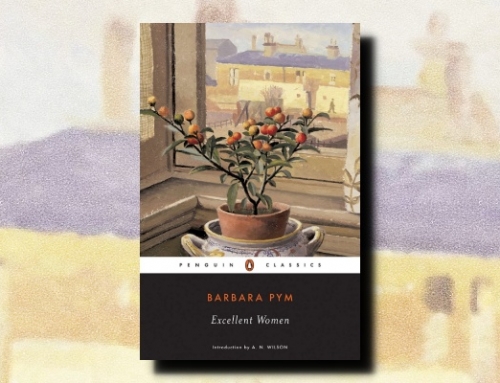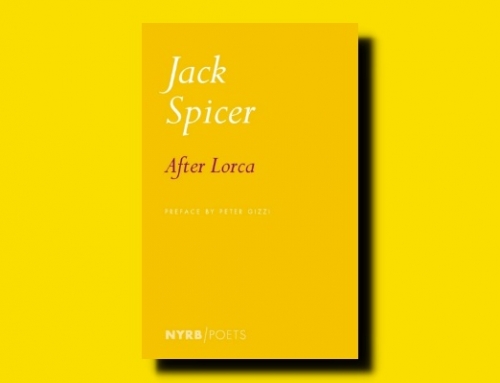
Cowboy Graves
by Roberto Bolaño (2017)
translated from the Spanish by Natasha Wimmer (2021)
Penguin Press (2021)
191 pp
 I know, I know. Bolaño died nearly 18 years ago. What followed was a torrent of his published work being translated into English, but for the last decade we’ve been getting, literally, stray files from his computer, documents (stories or fragments) he’d worked on but never finished, or at least never published. It sounds suspicious, distasteful, and exploitative. I get it. In some cases I’d even be on that side of the argument, but not here.
I know, I know. Bolaño died nearly 18 years ago. What followed was a torrent of his published work being translated into English, but for the last decade we’ve been getting, literally, stray files from his computer, documents (stories or fragments) he’d worked on but never finished, or at least never published. It sounds suspicious, distasteful, and exploitative. I get it. In some cases I’d even be on that side of the argument, but not here.
The latest posthumous collection of Bolaño’s work is Cowboy Graves, a collection of three novellas. Last year when I saw it was coming out in English, translated by Natasha Wimmer, I was ecstatic though skeptical. I mean, I love his work, I want to read it all, but would this be the one that showed me we’d hit the bottom of the barrel? Nope. When I got my copy of Cowboy Graves and opened it up to encounter, on the first page, Arturo Belano, it was like getting back in touch with an old friend. It was a delight, perhaps all the sweeter since it was unexpected, even unlikely†.
The novellas contained herein were written sometime in Bolaño’s last decade. They are not presented in chronological order. First we have Cowboy Graves, likely composed sometime in the late 1990s; second we have French Comedy of Horrors, likely composed in the last years of Bolaño’s life, in the early 2000s; last we are given Fatherland, the earliest, likely composed in the early 1990s. Cowboy Graves and Fatherland are like two parts of the same story, only Fatherland sits in an alternate reality. French Comedy of Horrors is one of Bolaño’s standalone stories that puts an unsuspecting character in an uncanny world that continues to slip into something more and more surreal.
A bit more detail on each:
Cowboy Graves starts when Belano is a teenager, just about to get on an airplane to go to Mexico. It’s the 1960s, so a central event of Bolaño’s work is still in the future: the 1973 Chilean coup. The story, though it doesn’t mention it at first, is working towards that inevitable conclusion. At first the story feels like it might look closer at Belano’s youth within a fractured family: he is being flown off to Mexico to visit his father in Mexico City. Meanwhile, he and his mother live in Chile. Belano reads poetry and falls in love and becomes more politically aware, and it’s all a welcome insight into more of Bolaño’s work. This is probably the strongest piece in this collection.
French Comedy of Horrors is a lot more fun, though! Like The Skating Rink, Monsieur Pain and several of the short stories like “Gomez Palacio” and “William Burns,” here we are presented with a protagonist that finds himself in a strange world he had no idea existed. A writer, Diodorus Pilon, has just seen an eclipse and is walking home from the beach when a payphone rings. On the other end of the line is an emissary from the Clandestine Surrealist Group, a group for artists who do their work from the sewers and catacombs under Paris. He’s ready to initiate Pilon! The story is great, but it’s also frustrating because clearly, while it works on its own, this was the start of something we will never see.
Fatherland, a rough collection of about 20 fragments, brings us back to Cowboy Graves, only it’s like a sequel that takes place in an alternate reality. Here the coup is over and Belano is back, only his name is not Arturo. He is Rigoberto, and here we get the start (or the end) of a story Bolaño might have told, had he gone down a different road. I’m not saying this is a deliberate ploy by Bolaño. Fatherland is the earliest piece here, and it shows. It feels like the early days of sculpting. Some big pieces of stone have been hacked off to show a vague shape, but there is still a lot of work to be done. I admit that I found pleasure reading Fatherland primarily, though not solely, because it suggests the future landscape of Bolaño’s work, as well as some roads not taken.
None of the stories in this collection offer a conventional “full” story, complete with resolution. But Bolaño’s work has never offered answers or conclusions, and only rarely do we feel any sense of resolution. Again this is a criticism I’ve seen before; indeed, when I read 2666 for the first time I felt it was a weakness, particularly since it is not known whether the work was “finished.” I’ve since re-evaluated this as a strength.
Is Cowboy Graves for everyone? No. Certainly this is not the place to start if you want to begin reading Bolaño’s work. It’s for readers who have been seduced by Bolaño’s dark, surreal landscapes and the labyrinths below the ground. There are some artists whose work feels all of a piece, and I think it’s fascinating to see the pieces, great and small. There are the major works — like 2666 (which itself might not have been finished when Bolaño died) and The Savage Detectives, By Night in Chile and Distant Star — and there are the works that provide light or shading or that present other potential worlds. I want to explore it all, when it comes to these artists, and Bolaño is such an artist, to my eyes at any rate. Cowboy Graves is another witness that his work is powerful and important.
†Here’s where I admit that I have yet to read The Savage Detectives, so I will encounter Arturo Belano again. I’ve been saving it. I’m thrilled I can still look forward to it. I’ll read it some day soon (it’s on my List of Betterment), and then I’ll be done reading (at least for the first time) Bolaño’s work. I’m glad for these bits of ephemera to fill in the gaps.








Leave a Reply